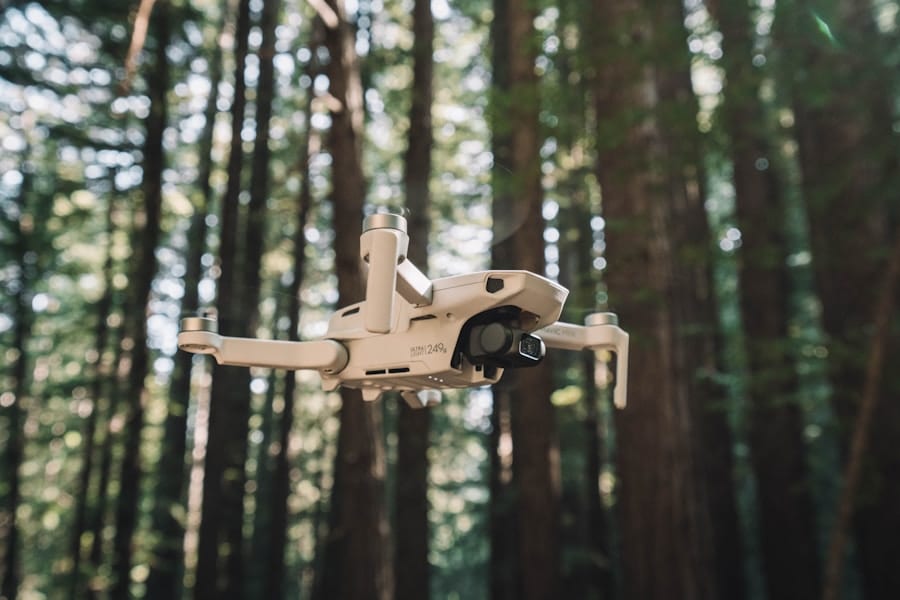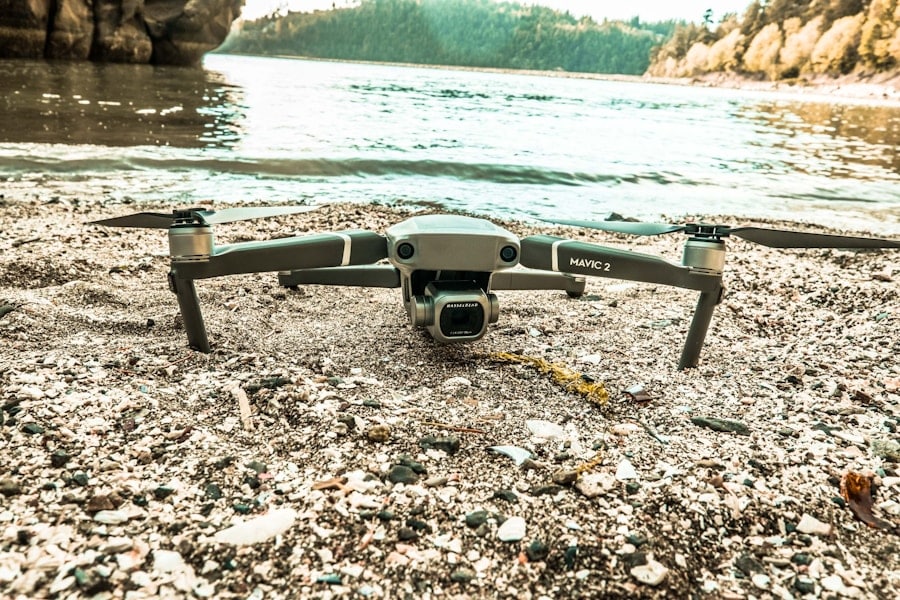Illegal logging represents a significant threat to global forest ecosystems, contributing to biodiversity loss, climate change, and the degradation of vital natural resources. This illicit activity involves the unauthorized harvesting of timber, often in protected areas or without the necessary permits. The consequences of illegal logging extend beyond the immediate loss of trees; they disrupt entire ecosystems, threaten wildlife habitats, and undermine the livelihoods of communities that depend on forests for their survival.
According to the World Bank, illegal logging accounts for an estimated 15-30% of global timber production, a staggering figure that highlights the scale of this issue. The impact of illegal logging is particularly pronounced in tropical regions, where forests are rich in biodiversity and play a crucial role in carbon sequestration. Deforestation driven by illegal logging contributes to approximately 10% of global greenhouse gas emissions, exacerbating climate change and its associated impacts.
Furthermore, the loss of forest cover can lead to soil erosion, reduced water quality, and increased vulnerability to natural disasters such as floods and landslides. The socio-economic ramifications are equally severe, as illegal logging often fuels corruption, undermines governance, and deprives local communities of their rights to land and resources.
Key Takeaways
- Illegal logging has a significant impact on forest regions, leading to deforestation, loss of biodiversity, and environmental degradation.
- Drones play a crucial role in monitoring and combating illegal logging by providing real-time data and surveillance of remote forest areas.
- The use of drones for monitoring forest regions offers advantages such as cost-effectiveness, efficiency, and reduced risk to human personnel.
- Drones are utilized in identifying and documenting illegal logging activities through aerial surveillance, GPS tracking, and high-resolution imaging.
- Drone technology enables law enforcement to take action against illegal logging by providing actionable evidence and facilitating targeted interventions.
The Role of Drones in Monitoring and Combating Illegal Logging
Real-Time Monitoring and Informed Decision-Making
This technology enables conservationists and law enforcement agencies to identify illegal logging activities, assess the overall health of forest ecosystems, and provide timely data. This facilitates informed decision-making and enables targeted interventions to combat illegal logging before it escalates.
Advantages of Using Drones for Monitoring Forest Regions

The advantages of utilizing drones for monitoring forest regions are manifold. One of the most significant benefits is their ability to gather data from hard-to-reach areas without disturbing the environment. Traditional ground-based monitoring methods often require extensive manpower and can lead to habitat disruption.
In contrast, drones can fly over sensitive ecosystems without causing harm, allowing for unobtrusive observation of wildlife and vegetation. Moreover, drones can be equipped with various sensors that enhance their monitoring capabilities. For instance, multispectral cameras can capture images across different wavelengths, enabling the detection of plant health and stress levels.
Thermal imaging sensors can identify temperature variations that may indicate illegal logging activities or forest fires. The ability to collect diverse types of data from a single flight significantly enhances the effectiveness of monitoring efforts and provides a comprehensive understanding of forest dynamics. Another advantage is the cost-effectiveness of drone operations compared to traditional aerial surveillance methods.
Helicopter or fixed-wing aircraft monitoring can be prohibitively expensive, especially for developing countries with limited resources. Drones offer a more affordable alternative that can be deployed rapidly and frequently, ensuring continuous oversight of forest regions. This accessibility democratizes monitoring efforts, allowing even smaller organizations or local communities to engage in conservation activities.
How Drones are Utilized in Identifying and Documenting Illegal Logging Activities
Drones play a crucial role in identifying and documenting illegal logging activities through their ability to capture high-resolution imagery and video footage. When deployed over suspected logging sites, drones can provide clear visual evidence of deforestation patterns, including the size and extent of cleared areas. This information is invaluable for law enforcement agencies tasked with investigating illegal logging operations.
In addition to visual documentation, drones can also be equipped with GPS technology that allows for precise geolocation of illegal activities. By mapping out areas where logging has occurred, authorities can establish patterns and identify hotspots for further investigation. This geospatial data can be integrated into Geographic Information Systems (GIS), enabling more sophisticated analysis and visualization of forest changes over time.
Furthermore, drones facilitate community engagement in monitoring efforts. Local residents often possess valuable knowledge about their surroundings and can help identify suspicious activities. By involving communities in drone monitoring initiatives, organizations can empower them to take an active role in protecting their forests.
This collaborative approach not only enhances data collection but also fosters a sense of stewardship among local populations.
The Use of Drone Technology in Enabling Law Enforcement to Take Action Against Illegal Logging
The integration of drone technology into law enforcement strategies has proven effective in enhancing responses to illegal logging activities. Drones provide law enforcement agencies with real-time data that can inform rapid decision-making and intervention strategies. For instance, if a drone detects ongoing illegal logging operations, authorities can be alerted immediately, allowing them to mobilize resources quickly to address the situation.
Moreover, the visual evidence captured by drones serves as critical documentation that can support legal proceedings against offenders. High-resolution images and videos can be used as evidence in court cases, strengthening prosecutions and deterring future illegal activities. The ability to present concrete proof of wrongdoing significantly enhances the credibility of law enforcement efforts and underscores the seriousness with which illegal logging is treated.
Additionally, drone technology facilitates collaboration between various stakeholders involved in forest management and conservation. By sharing drone-collected data among government agencies, NGOs, and local communities, a more coordinated approach to combating illegal logging can be achieved. This collaborative framework fosters information sharing and resource pooling, ultimately leading to more effective enforcement actions.
Challenges and Limitations of Using Drones for Monitoring Illegal Logging

Despite the numerous advantages associated with drone technology in monitoring illegal logging, several challenges and limitations must be addressed. One significant hurdle is regulatory compliance; many countries have strict regulations governing drone usage that can hinder their deployment for conservation purposes. Navigating these legal frameworks requires careful planning and coordination with relevant authorities to ensure compliance while maximizing operational efficiency.
Another challenge lies in the technical limitations of drone technology itself. While drones are capable of capturing high-resolution imagery, factors such as weather conditions, battery life, and flight range can impact their effectiveness. For instance, adverse weather conditions like heavy rain or strong winds may prevent drones from flying safely or capturing clear images.
Additionally, battery life limits the duration of flights; longer missions may require multiple drones or frequent recharging. Data management also poses a challenge when utilizing drones for monitoring purposes. The volume of data generated by drone flights can be overwhelming, necessitating robust systems for data storage, processing, and analysis.
Organizations must invest in training personnel to interpret drone-collected data effectively and integrate it into existing monitoring frameworks.
Case Studies of Successful Drone Monitoring Initiatives in Forest Regions
Several successful case studies illustrate the effectiveness of drone technology in combating illegal logging across different regions worldwide. In Indonesia, for example, a collaborative initiative between local NGOs and government agencies employed drones to monitor deforestation in critical habitats such as peatlands. By capturing aerial imagery over time, they were able to document significant changes in land use patterns linked to illegal logging activities.
In Brazil’s Amazon rainforest, drones have been utilized by environmental organizations to monitor deforestation rates associated with illegal logging and agricultural expansion. The Amazon Environmental Research Institute (IPAM) has implemented drone technology to complement satellite imagery by providing high-resolution data on specific areas under threat.
This dual approach has enabled more precise tracking of deforestation hotspots and facilitated targeted interventions by authorities. Another notable example comes from Gabon, where drones have been deployed to monitor logging concessions and protected areas within national parks. The Gabonese government partnered with conservation organizations to utilize drones for surveillance purposes, leading to the identification of unauthorized logging activities within protected zones.
The visual evidence collected by drones has been instrumental in enforcing regulations and holding violators accountable.
The Future of Drone Technology in the Fight Against Illegal Logging
Looking ahead, the future of drone technology in combating illegal logging appears promising as advancements continue to emerge at a rapid pace. Innovations such as artificial intelligence (AI) integration into drone systems hold great potential for enhancing monitoring capabilities further. AI algorithms can analyze vast amounts of data collected by drones to identify patterns indicative of illegal activities more efficiently than human analysts alone.
Moreover, the development of autonomous drones capable of conducting pre-programmed flights without human intervention could revolutionize forest monitoring efforts. These drones could operate continuously over designated areas, providing real-time updates on forest conditions while minimizing human resource requirements. As public awareness regarding environmental issues grows, there is also an increasing demand for transparency in supply chains related to timber products.
Drones could play a pivotal role in ensuring traceability by verifying the legality of timber sourced from forests through aerial inspections combined with blockchain technology for secure record-keeping. In conclusion, while challenges remain in implementing drone technology effectively within existing regulatory frameworks and operational constraints, its potential as a transformative tool against illegal logging cannot be overstated. As technological advancements continue to unfold alongside collaborative efforts among stakeholders worldwide, drones are poised to become an integral component in safeguarding our planet’s precious forest resources for generations to come.
A related article to “How Drones Are Monitoring Illegal Logging in Forest Regions” is “The Best Laptops for Video and Photo Editing.” This article discusses the importance of having a high-quality laptop for editing videos and photos, which could be useful for analyzing the data collected by drones in monitoring illegal logging activities. To learn more about the best laptops for video and photo editing, check out this article.
FAQs
What are drones?
Drones, also known as unmanned aerial vehicles (UAVs), are aircraft that are operated without a human pilot on board. They can be controlled remotely by a human operator or autonomously by onboard computers.
How are drones being used to monitor illegal logging in forest regions?
Drones are equipped with cameras and sensors that allow them to capture high-resolution images and data of forested areas. This data can be used to identify and track illegal logging activities, as well as to monitor the overall health and condition of the forests.
What are the benefits of using drones for monitoring illegal logging?
Using drones for monitoring illegal logging in forest regions offers several benefits, including cost-effectiveness, efficiency, and the ability to access remote and difficult-to-reach areas. Drones also provide real-time data and imagery, which can help authorities to quickly respond to illegal logging activities.
Are there any limitations to using drones for monitoring illegal logging?
While drones offer many advantages for monitoring illegal logging, there are also limitations to consider. These may include restrictions on flight regulations, weather conditions, and the need for skilled operators to effectively analyze and interpret the data collected by the drones.
What are some examples of how drones have been used to combat illegal logging?
Drones have been used in various countries around the world to combat illegal logging. For example, in the Amazon rainforest, drones have been used to monitor and track illegal logging activities. In Indonesia, drones have been used to survey and map forest areas to identify illegal logging hotspots.
What are the future prospects for using drones to monitor illegal logging?
The use of drones for monitoring illegal logging is expected to continue to grow in the future. Advances in drone technology, such as improved sensors and longer flight times, will further enhance their capabilities for monitoring and combating illegal logging in forest regions.

